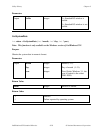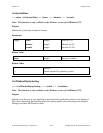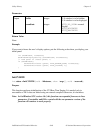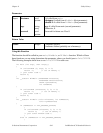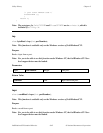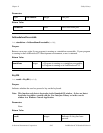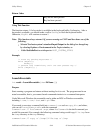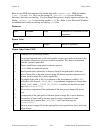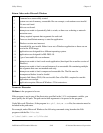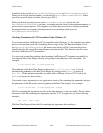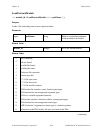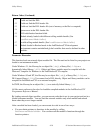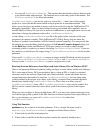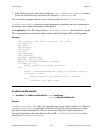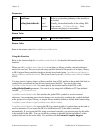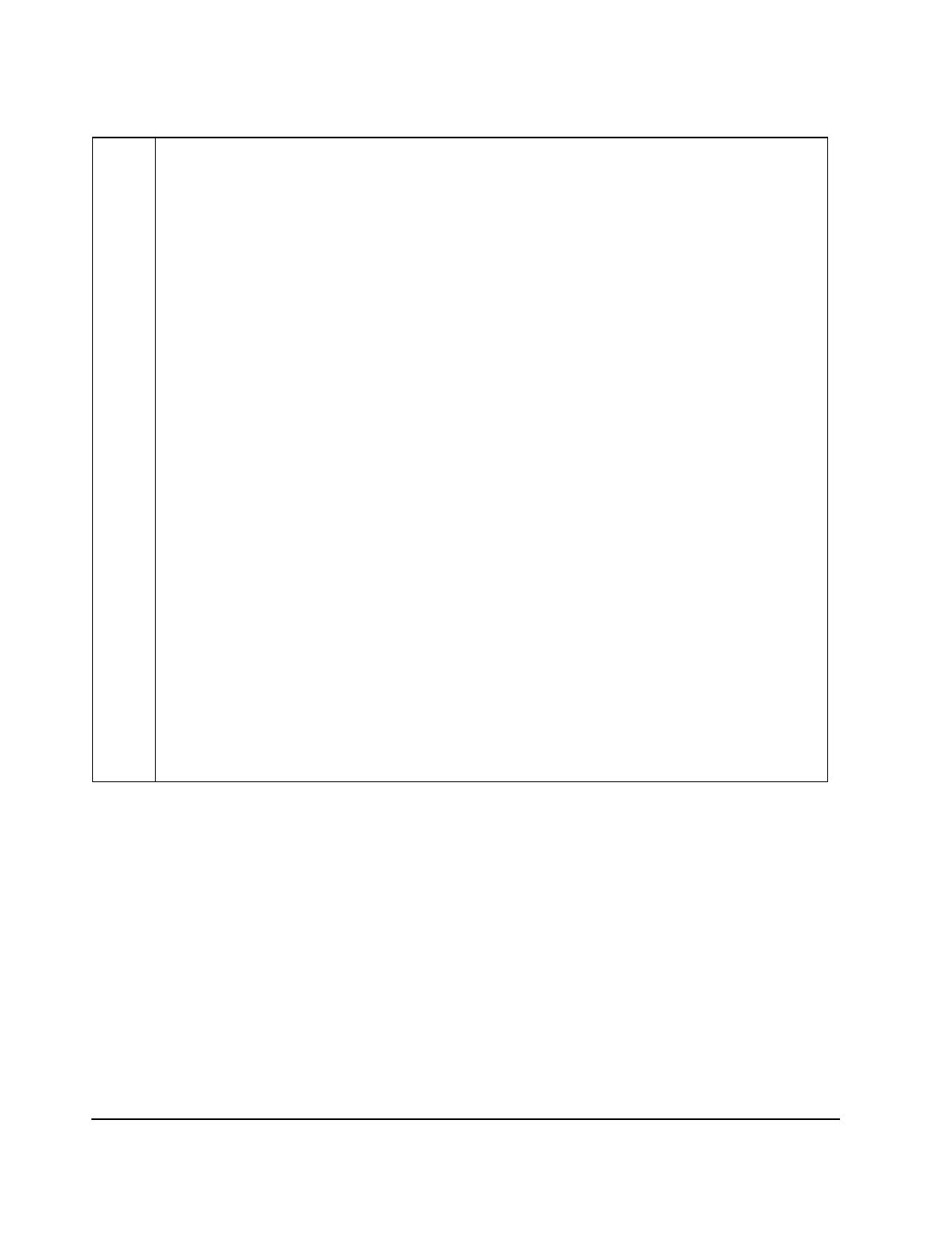
Utility Library Chapter 8
LabWindows/CVI Standard Libraries 8-46 © National Instruments Corporation
Return Codes under Microsoft Windows
0
Command was successfully started.
-1
System was out of memory, executable file was corrupt, or relocations were invalid.
-3
File was not found.
-4
Path was not found.
-6
Attempt was made to dynamically link to a task, or there was a sharing or network-
protection error.
-7
Library required separate data segments for each task.
-9
There was insufficient memory to start the application.
-11
Windows version was incorrect.
-12
Executable file was invalid. Either it was not a Windows application or there was an
error in the .EXE image.
-13
Application was designed for a different operating system.
-14
Application was designed for MS-DOS 4.0.
-15
Type of executable file was unknown.
-16
Attempt was made to load a real-mode application (developed for an earlier version of
Windows).
-17
Attempt was made to load a second instance of an executable file containing multiple
data segments that were not marked read-only.
-20
Attempt was made to load a compressed executable file. The file must be
decompressed before it can be loaded.
-21
Dynamic-link library (DLL) file was invalid. One of the DLLs required to run this
application was corrupt.
-22
Application requires Microsoft Windows 32-bit extensions.
Parameter Discussion
fileName is the program to be run.
If the program is not in one of the directories specified in the PATH environment variable, you
must specify the full path. The path can include arguments to be passed to the program.
Under Microsoft Windows, if the program is a .pif, .bat, or .com file, the extension must be
included in the path name.
For example, under Microsoft Windows the following command string launches the Edit
program with the file file.dat.
c:\\dos\\edit.com c:\\file.dat



